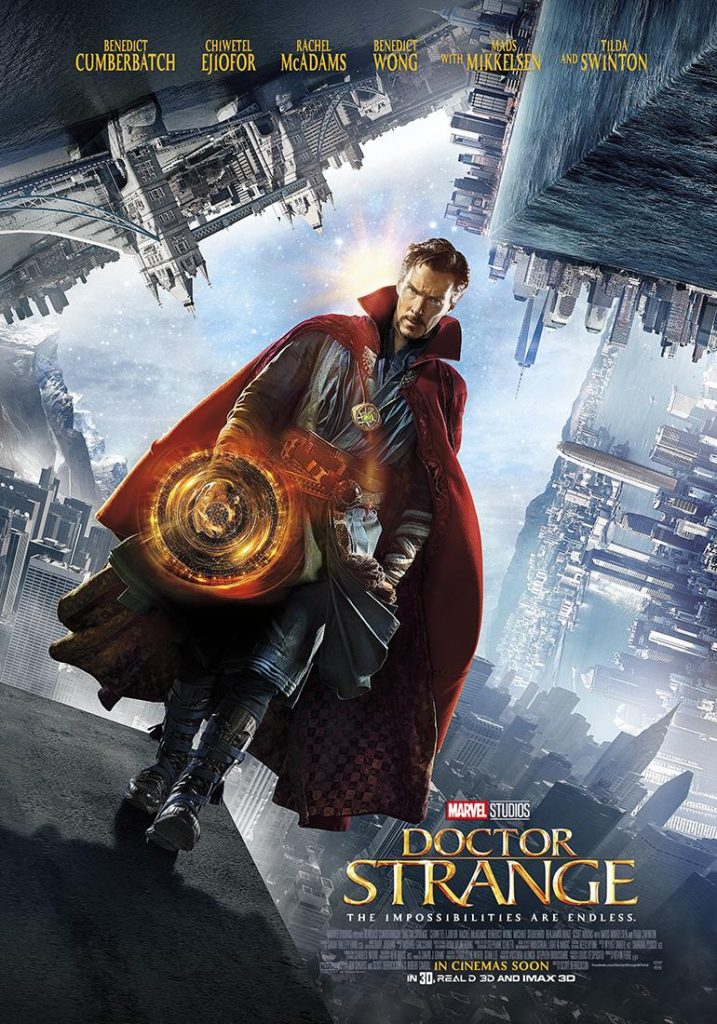
The directors of the 1960’s Batman series would appreciate this canted angle.
I’ll be writing this post under the assumption that you’ve seen Marvel’s Doctor Strange. If you haven’t, well, SPOILER ALERT: I’ll be spoiling it.
(and maybe spoiling watching movies in general)
After many years in a lifetime of film, television, and pop culture consumption, you reach a point where you might not have seen it all, but you’ve certainly seen a lot.
Compound that with going to film school, reading books, articles, and posts about screenwriting (kinda like this one), as well as doing a lot of actual screenwriting itself, and you become very, very familiar with all kinds of paradigms and tropes.
These are the dramatic tricks of the trade, the tools you use to construct a completed script from the vague, amorphous – perhaps gelatinous – story in your imagination. There are set-ups and payoffs, act breaks and turning points, sacrificial lambs, callbacks, and the dark night of the soul, to name more than a few.
I think you know what I’m talking about.
Okay, well, that’s where I’m at right now. And what happens as a result is that it’s really rare to just watch a movie or television show and enjoy it purely as a dramatic story. In some ways, it’s translucent. You see the story, of course, but you simultaneously see through the story to all the gears, cogs, pulleys, and duct tape that hold it together and make it work.
Or frequently not work.
So it’s the sad truth that it’s pretty rare for a movie to blow me away or somehow feel revolutionary anymore.
Which is the case with Doctor Strange. I don’t mean to suggest that it’s bad or boring. It’s not. What it is, though, is just a little too familiar.
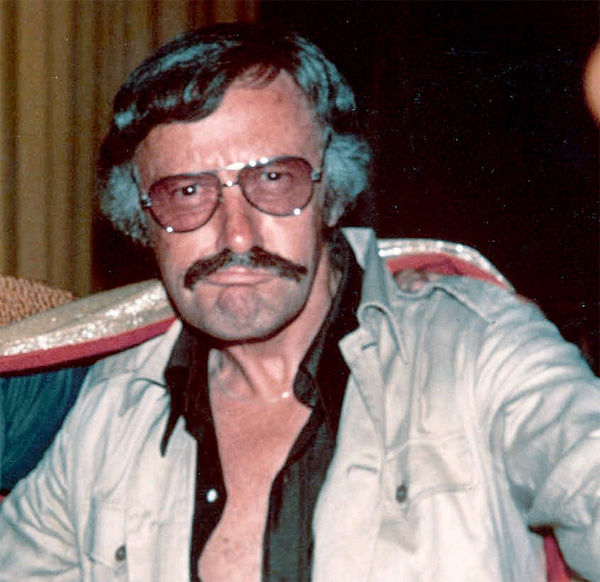
Doctor Strange or Stan Lee? Not as easy to figure out as you’d think.
I’m rather partial to the studio blockbuster, so the Marvel Cinematic Universe usually gets me out of the house and into an actual movie theater.
In this case, despite not knowing much at all about Doctor Strange from the comics, other than he seemed like some sort of hippy wizard magician from the seventies, who looked vaguely like a young Stan Lee.
Was he a practitioner of alternative medicine? A fortune teller? Ringmaster for a Cirque de Soleil troupe?
Well, I was about to find out. So here’s how the movie went through these writer’s eyes…
SPOILERS A COMING. YOU’VE BEEN WARNED.
Let’s start right at the top at the Pacific Theaters Glendale 18, after I’ve taken my last-possible-second bathroom break.
Once the Coming Attractions wrapped up, we were greeted by the new Marvel Logo which incorporated live-action shots from the MCU movies. Felt a little cheesy, I’m afraid. I much preferred the previous version which just used images of comic art.
As the movie proper started, we met our antagonist right out of the gate. As a writer, you obviously need to establish the level of your villain’s villainy fairly early, so that we know what our hero is going to be up against. This usually falls within a range of Elmer Fudd to Ralph Fiennes in Schindler’s List.
Here it didn’t take too long at all, as Mads Mikkelsen’s character, Kaecilius, quickly relieves a librarian monk of his head and steals some pages from a spell book. Okay. Murderously villainesque. Understood.
That theft led to a chase through the Mirror Dimension. It was a cool effect for sure, but it reminded me a bit of Dark City. Did anyone else see that? No? Just me? It was during that period between Keifer Sutherland being a leading man in features and a leading man on television.
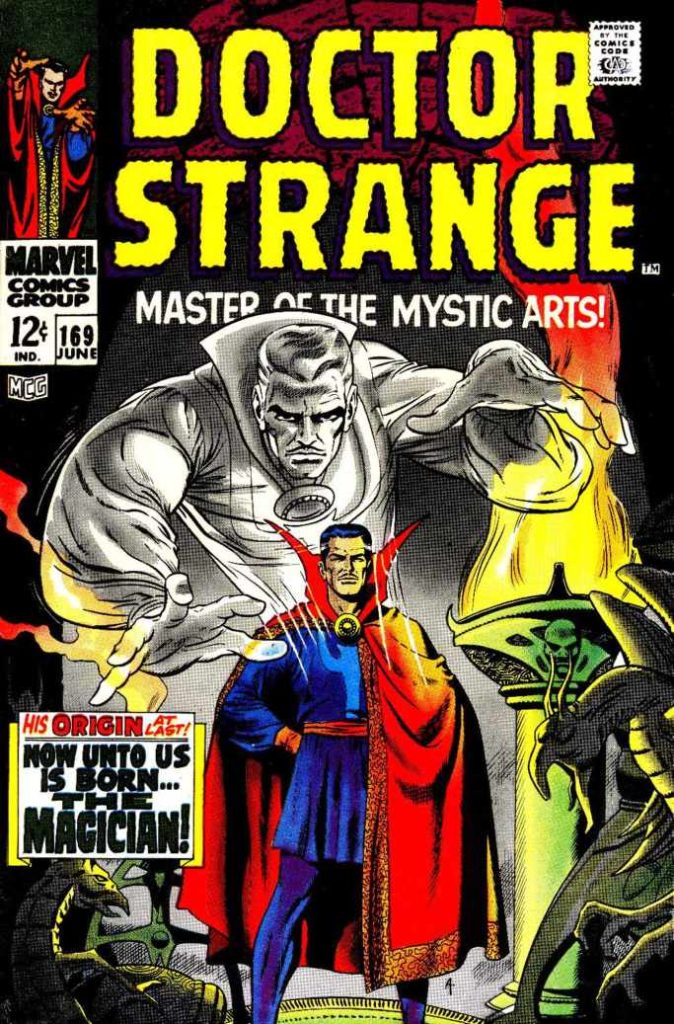
The comics origin of Doctor Strange. And his tights.
After that mandatory early action sequence, we transitioned to an establishing shot of the New York City skyline, which included the Avengers headquarters. Had to remind everyone of that shared universe, after all.
Anyway, our next introduction was to the hero himself. My very first thought was: Hey, he doesn’t have an English accent. I guess the character of Doctor Strange is an American, even though the actor playing him isn’t. Who knew? (you know, other than the millions of people who’ve read his comic books over the last four decades or so)
Quick sidebar on the odd fact that so many American superheroes have been played by non-American actors in recent years. Eric Bana, Hugh Jackman, Henry Cavill, Christian Bale, Sebastian Stan…
Not a new discovery, by any means, but it feels a little odd to have all our superhero jobs outsourced.
Anyway, back to Doctor Strange as the writer went about making sure we rooted for the protagonist. To start with, we were shown that he’s a sought-after-surgeon, who could perform virtual miracles in the O.R. And he played Name That Tune with his staff during the procedures, so we knew he was fun and pop-culture savvy.
Following all the doctor-y heroics, we got to see the all-important character flaw that Strange would have to overcome before Fade Out. As he recklessly drove his super-expensive sports car on a windy road, he talked with an assistant and made sure to show how much of a narcissistic know-it-all he was. He didn’t choose cases based on need, but rather whether he could guarantee a successful surgery, and whether it would give him the maximum accolades.
What a douche. Room for growth? Check.
After Strange’s wreck and partial recovery, he went to meet Jonathan Pangborn in a scene that had surprisingly little for Benjamin Bratt – who played him – to do. But since Bratt’s a pretty well-known actor, the casting choice alone pretty much tipped it off that we’d see him again later.
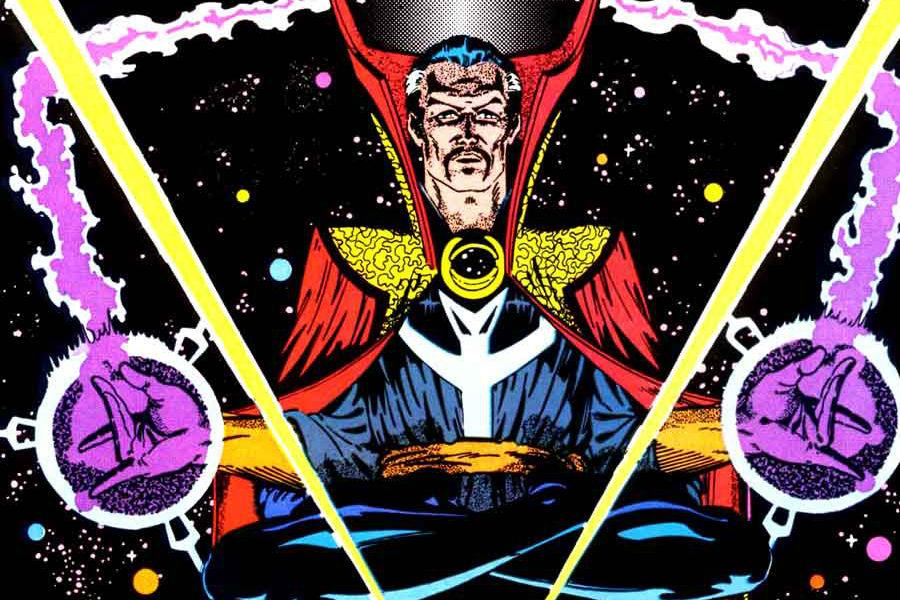
Seriously. Stan Lee, amirite?
Once in Nepal, the Ancient One sends Strange on a Magical Mystery Tour Across the Universe (bonus points for the double Beatles reference).
The visuals here really came off like a 1960’s movie acid trip, which probably served well as a callback to the old school comics’ version of Doctor Strange. Psychedelic, man. Far out.
The Sling Ring. Without any research, I went out on a limb and assumed this had to be part of the comic canon as it sounded a little silly for a feature film in 2016. I allowed it.
Boy, the guy who was supposed to protect the New York Sanctum was taken down pretty easily by Kaecilius and his crew. Not sure if he was some sort of nepotism hire, but that was a pretty poor reflection on a secret organization whose duty it is to keep the dimensions safe.
Meanwhile, the newbie with the bum hands did a whole lot better fending off the baddies in his first ever magic fight. Where was the Cloak of Levitation when the first guy needed it?
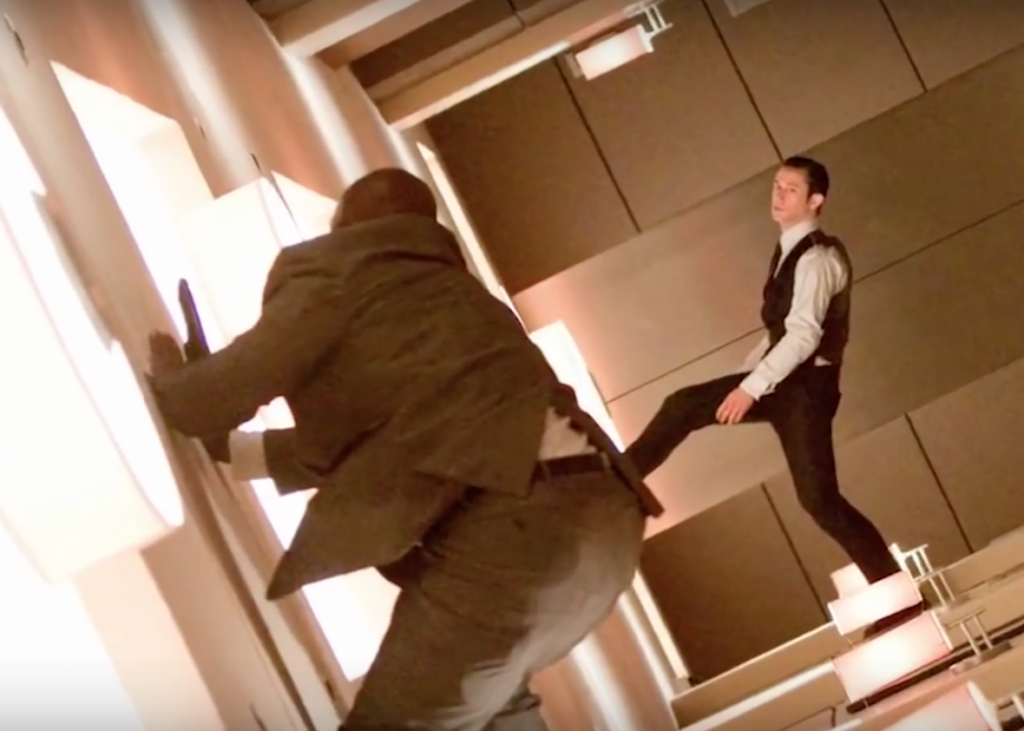
The Mirror Dimension. No, wait…
Just before plot point two, there was a huge action scene in the Mirror Dimension. Characters were walking on walls and climbing up the ground. Again, it was pretty cool. But I had no idea what the rules were, who was turning the dimensional kaleidoscope at any time, and more importantly, I still felt like I’d seen recent similar off-axis setpieces.
There was the whole Inception thing of course, and just this past summer, an action sequence that took place on a crashing, twisting Enterprise in Star Trek Beyond.
The Doctor Strange climax itself hinged on a time loop that bore an awfully big resemblance to Edge of Tomorrow. It was clever and even funny, but too familiar to really appreciate.
So, you see, if you do this thing long enough, it’s hard to really let go of all your filmmaker instincts and just enjoy yourself at the theater. On the other hand, Milk Duds.
In the end, though, I’d still give Doctor Strange a thumbs up. Just not up as far as it was for Pulp Fiction and The Matrix.
Let’s see how I over-analyze Rogue One…
![[TEXTSMITH] BLOG](https://blog.jameshereth.com/wp-content/uploads/2016/07/cropped-cropped-BulbsPlus.jpg)